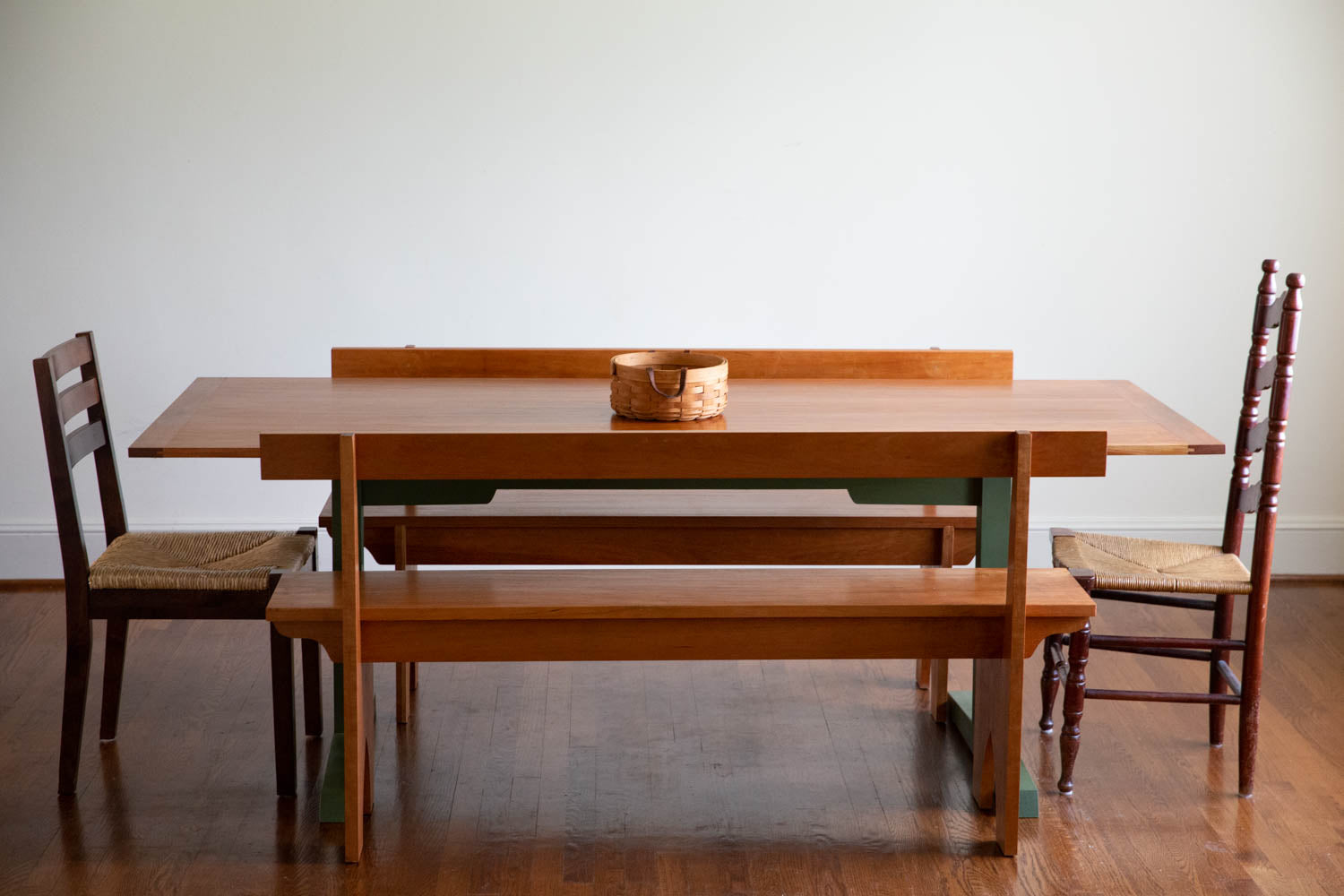
When we take an idea and fashion it out of wood we endeavor to make the intangible tangible. More importantly, we try to make it useful. Shaker craftsmen held that “any thing may, with strict propriety, be called perfect, which perfectly answers the purpose for which it was designed.” Perfection, then, lies somewhere in the relationship between a thing and its purpose, between the idea and the end result. We can point to it even if it cannot be precisely defined. Perfection is suggested by the paint that is chipped away from the table leg by the feet of those who have eaten dinner there.

–Jim McConnell, excerpt from “On Perfection: Both Practical & Practiced,” in The First Three Issues

